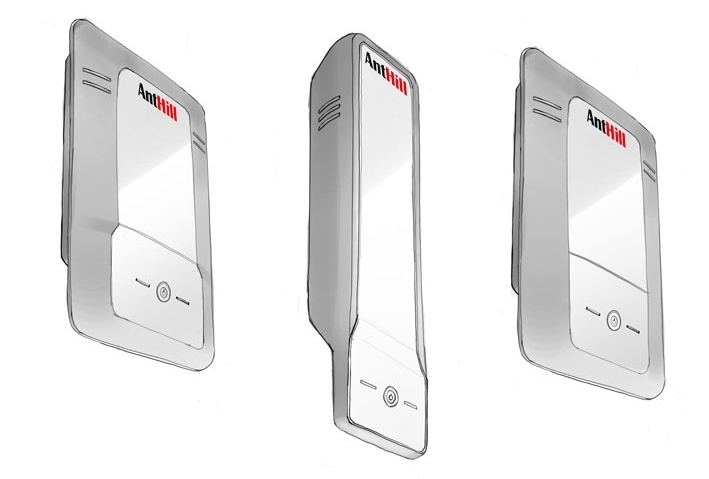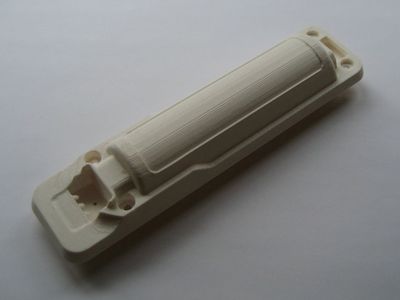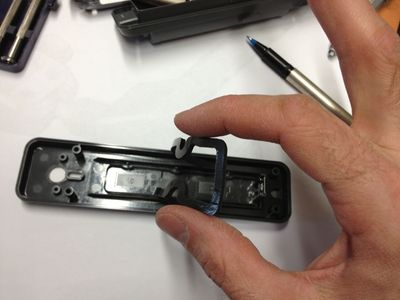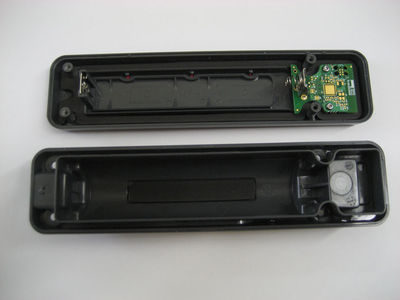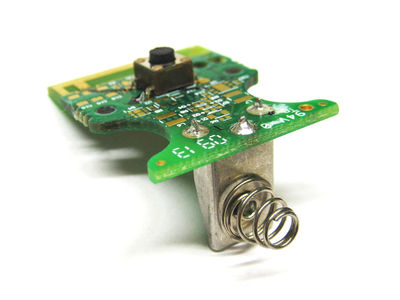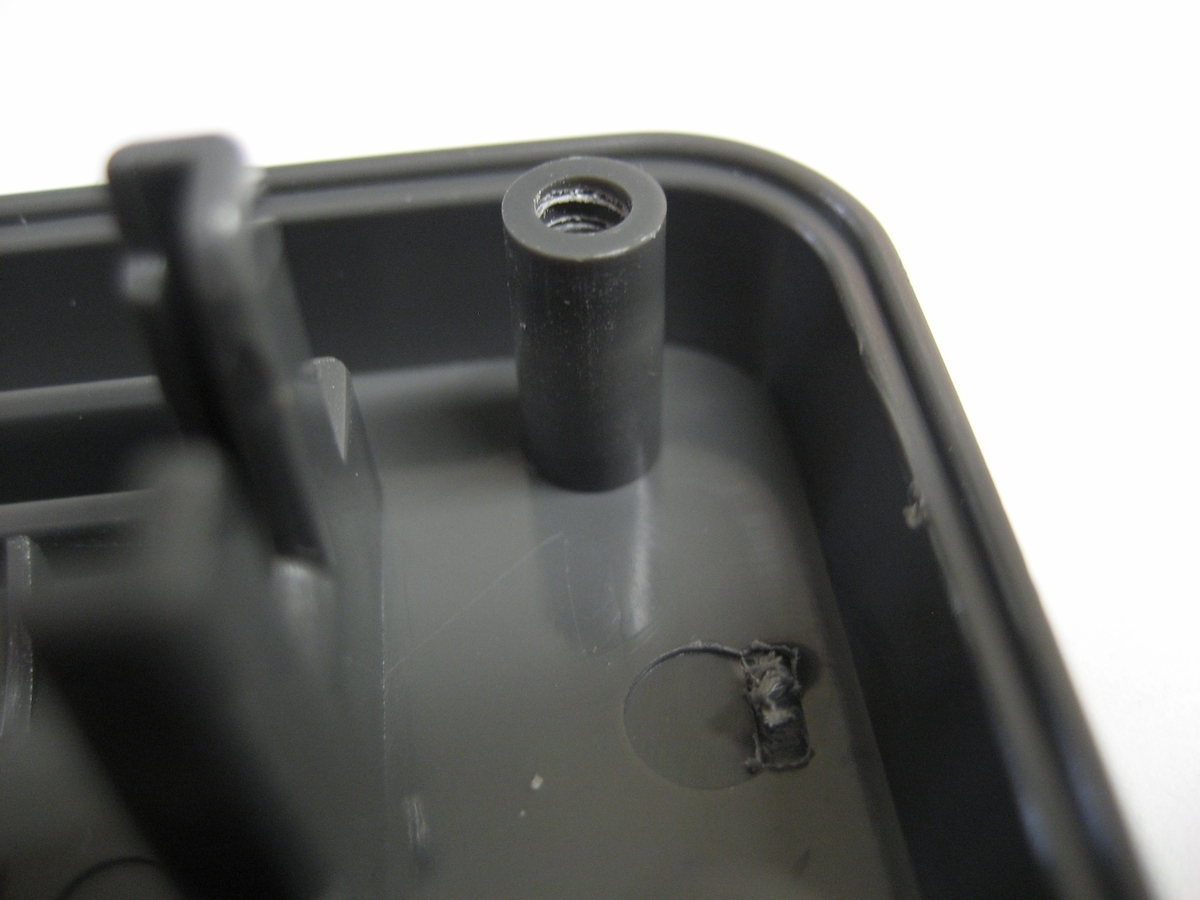|
What is an ANThill for?
Blackline GPS' Loner line of products tracks employees to ensure their safety. In case of a fall, injury, or health emergency, workers can pull a latch to sound and send an alarm so help can arrive. In the case of complete immobilization – for instance, an unconscious employee – the Loner will itself send an alarm.
GPS tracking is a primary mode through which the Loner works; however, in certain locations – for example, a metal building, basement, tunnel, or industrial plant – GPS signals cannot be received.
ANThill solves this problem by using a different communication protocol to monitor location. Since each Anthill beacon is fixed, an alarm can be pinpointed to the exact building, floor, and room. Emergency response personnel can be dispatched with speed and accuracy.
ANThill requires no calibration and no wiring to install, and it lasts five years on two C-cell batteries. With the ease of set-up and the mounting system developed by Advanta, each Anthill beacon can be up and running in a matter of minutes.
|
"ANThill is the next logical expression of GPS used for lone worker safety. For five years we've been instrumental in their product development efforts, working hand-in-hand with them to develop the entire line."
Kent Davidson - President & Design Director
"We are comfortable with IP ratings. We been designing parts for years with Blackline GPS. For IP testing, we do all the pre-qualification in-house."
Vincent Hamelin - Industrial Designer
Many locations – some wet, some flammable
Some areas in which ANThill devices are used can be exposed to moisture or may occasionally have flammable vapors. To handle these environments, the Blackline GPS has used low-voltage, intrinsically-safe electronics. Advanta has coupled these electronics with an appropriate housing that is moisture-resistant, being rated to IP65 against water and dust ingress. |
|
Ingress Protection
Advanta provides preliminary testing in -House
Designing enclosures that pass Ingress Protection, or IP testing, requires know-how, experience, and above all, validation. Getting it right is critical. Certification testing is a product development expense that is best only incurred once.
Advanta provides pre-certification testing at our facility. We test and validate early prototypes and first samples in our submersion chamber. As required, we make adjustments to optimize ingress protection compliance. Getting to the lab knowing that your product has passed similar tests at Advanta provides peace of mind for our clients.
|
"I'm just calling to tell you that this product just works flawlessly!"
Blackline GPS customer
|
What is an IP rating exactly?
IP stands for Ingress Protection. Ingress Protection (IP) ratings were developed by the European Committee for Electrotechnical Standardization, known as CENELEC. The North American equivalent is the NEMA IEC 60529 standard.
The IP rating typically has two numbers associated with it, such as IP56, or IP45, or IP67. The first number after the IP denotes the level of protection a device has against solid objects. Low numbers signify protection against hands or fingers. High numbers represent protection from fine dust. The second number after the IP represents the level of protection a device has against the ingress of water. In the case of a low number, it is against condensation dripping on an object. A medium number means protection against angled water spray, and a high number indicates protection against 1m of submersion for a period of time.
The following materials are for general guidance. Exact standards should be looked up at either www.cenelec.eu or www.nema.org
|



